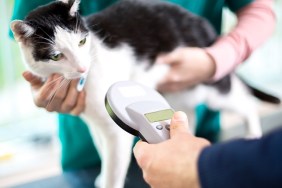The possibility of one’s beloved dog or cat disappearing without a trace is something no pet lover wants to contemplate. The first thought many people have is their pet has been hit by a car, killed by a predator, “adopted” by another family, or accidentally locked in a neighbor’s garage. All these things can happen, but something many of us don’t consider is…

There are ways for cat parents to have a tree without having a tree. Here are seven Christmas tree alternatives…








